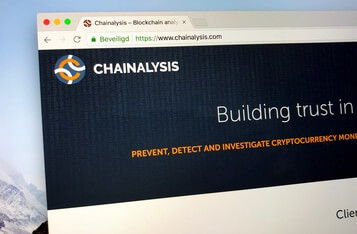Former Synthetix Developer Creates Way To access Prohibited Apps Like Tornado Cash
A former Synthetix developer named Liam Zebedee has introduced his newfound way of bypassing prohibited blockchain apps like Tornado Cash.

Zebedee created an application network called Dappnet to allow everyday crypto users to access inaccessible blockchain apps like Tornado Cash. This newly found application would give users access to decentralized applications using a combination of IPFS and ENS.
IPFS is a decentralized domain hosting service. In contrast, ENS (Ethereum Name Service) provides customized names and web domains for crypto addresses.
While most blockchain applications appear to have been decentralized, as long as they are built on centralized Domain Name Services (DNS) servers, the front end can be taken down, censored, captured, and seized from the masses at any time by legal authorities.
Liam’s newly found application network, Dappnet, aims to solve this issue by basically creating a decentralized frontend for any blockchain application.
Dappnet is a permissionless application network built on IPFS and ENS. It works by directing users to an IPFS-hosted version of an application they clicked on their computer. Liam stated;
“For users, that means frontends can’t be censored. For protocols, that means greater operational freedom, security, and workflows. More broadly tho, this makes the web a hyperstructure.”
Dappnet combines the functionality of ENS and IPFS by running the ENS domain locally on the user’s computer and running an IPFS node in the background – sharing the data in a peer-to-peer manner with other IPFS nodes.
“All of this put together, means that for the first time ever we can own a place on the Internet that can’t be taken away from us, and doesn’t rely on a single host who dictates what is allowed. I think that will have a profound impact for the web,” said Liam on Twitter.
In addition, Liam said there are still a few issues with this approach, mainly concerning IPFS. According to him, IPFS nodes could be improved if they were lighter and less complicated to deploy. He also stated that Dappnet needs to be universally available – currently, it works for macOS, on Chrome/FF.
Veering back to Tornado Cash, last week, legal authorities in the Netherlands rejected the appeal to release Alexei Pertsev, the Chief developer of the Tornado Cash protocol. According to the current state of things, Alexei will likely stay in custody until the end of November before his next hearing.
Image source: Shutterstock
Coinbase Backs Lawsuit against US Treasury over Tornado Cash Sanctions







